Taxus Baccata, subgrouped Baccata Alliance consists of a group often used as bonsai
- Taxus baccata - European yew
- Taxus fastigata - Irish yew
- Taxus recurvata - English yew
- Taxus cuspidate - Japanese yew
It is a small to medium-sized tree, growing 10 – 20 m tall, with a trunk up to 2 m in diameter. The bark is thin, scaly brown, coming off in small flakes. The leaves are flat, dark green, 1 – 4 cm. long and 2 – 3 millimetres wide, arranged spirally on the stem, but with the leaf bases twisted to align the leaves in two flat rows either side of the stem, so the arrangement is more obvious. The leaves are poisonous; yew poisonings are relatively common in both domestic and wild animals who consume the plant accidentally, resulting in countless fatalities among livestock.
Wood from the yew is classified as a closed-pore softwood, similar to cedar and pine. Easy to work, yew is among the hardest of the softwoods; yet it possesses a remarkable elasticity, making it ideal for products that require springiness, such as bows. Due to all parts of the yew and its volatile oils being poisonous and cardio toxic, a mask should be worn if one comes in contact with sawdust from the wood. Remember this if you are thinking of carving yew.

English yew
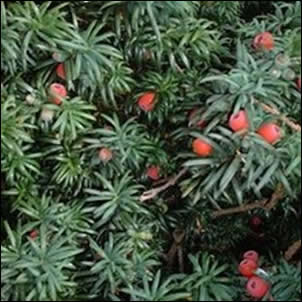
Irish yew
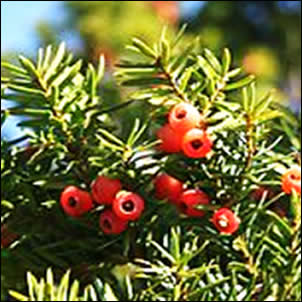
Taxus cuspidata
Taxus baccata can reach 400 to 600 years of age, although known specimens have reached up to 2,000 years. The Fortingall Yew in Perthshire, Scotland, may be in the range of 2,000 years.

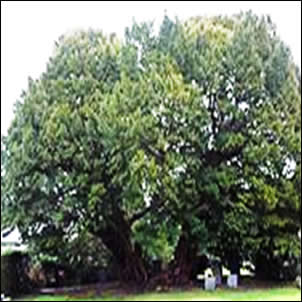
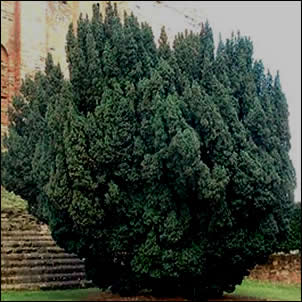

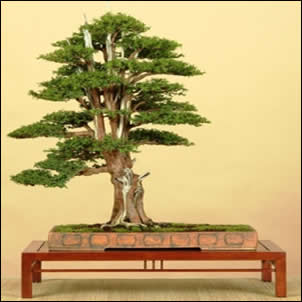

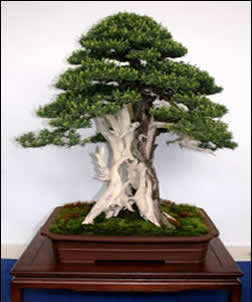
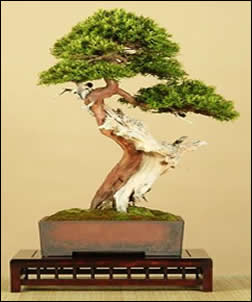

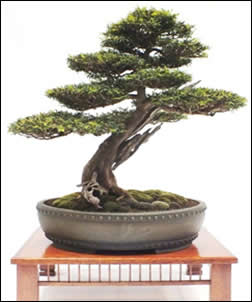
Web design: nysys